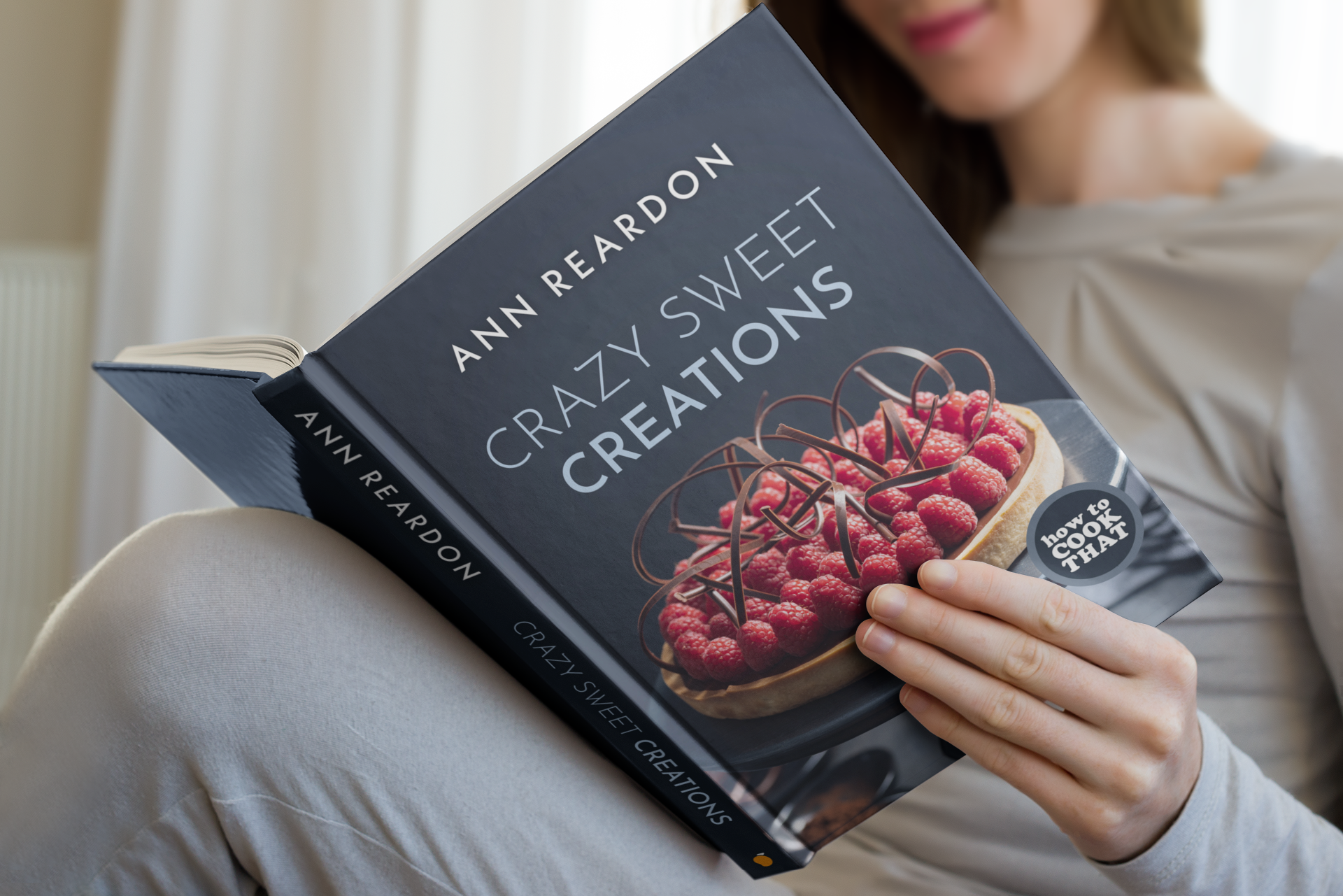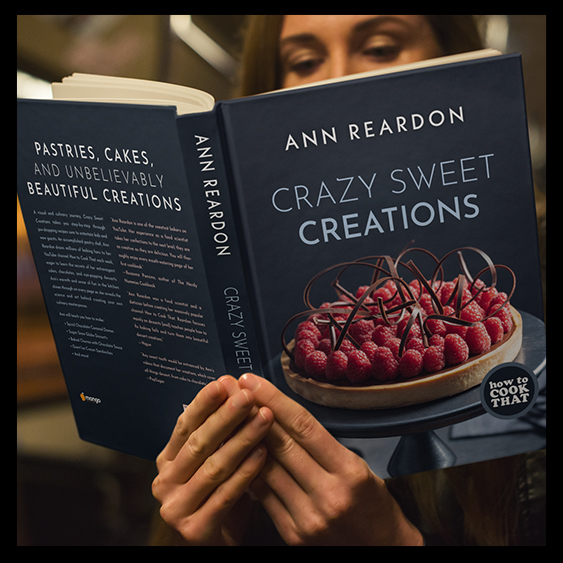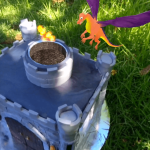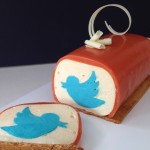First Food for Baby – A diary
When your baby is 4-6 months old it is time to start introducing solids. This can be daunting for many first time parents. What do you feed them? How much should you give? When do you start? Read the latest information here and then scroll down for a diary of the first couple of weeks on solids.
When to start? 4 months… 6 months… or somewhere in between? The jury is still out on that one so the answer is… when you and your baby are ready. By the time your baby is 6 months old breast milk or formula alone do not provide enough iron, zinc or calories to meet your babies needs. Your baby is not ready yet if:
* He/She is younger than 4 months (ie: before 17 weeks).
* They cannot sit up in a semi-reclined highchair without falling to one side.
* Your Dr has advised you to delay solids due to medical conditions.
* Premmy babies may be advised to delay solids based on their expected due date. Check with your doctor.
The World Health Organization (WHO) recommends exclusive breastfeeding until 6 months. The reason for this recommendation was to decrease the number of infant deaths in developing countries. When solids or even formula are introduced in unsanitary conditions there is a high risk of gastroenteritis and infection. The older an infant is, the greater the chance of survival. However in developed countries studies have shown no difference in rates of gastroenteritis when solids are introduced at 4 months. WHO also mentions that exclusive breastfeeding to six months could lead to growth faltering, iron and other micronutrient deficiencies in some infants.
New studies are being carried out to see if introducing solids at 4 months rather than 6 leads to a lower incidence of food allergy and coeliac disease. These studies will take some time to complete. For more information on the debate of when to introduce solids this article in the British Medical Journal BMJ 2011; 342:c5955mj gives a good roundup of current information or read the British Dietitians Association position statement.
So why would you wait until 6 months if you live in a developed country? All babies develop at different rates and your baby may just not be ready. Alternatively you as a parent may not be ready. You might be away on holidays, nervous about starting solids or just enjoying the simplicity of exclusively breast feeding. Do not stress. Waiting until 6 months is totally fine. You will just need to move through the first stages of solids a little quicker than if you started at 4 months to ensure that your baby gets meat included in their diet sooner.
If you start at 4 months you can take it slow, there is no rush, nutritionally breast milk or formula is fine until 6 months so food is a bonus. By the time your baby reaches 6 months they will have tried a range of fruits, vegetables and cereals so you can easily add the meat they need to give the needed iron and zinc. You will also have longer on puree before transitioning to the lumpy texture.
Before you start you will need:
* A good high chair – this is an item worth investing in as it will be used everyday for the next couple of years. Look for one with a removable tray, adjustable tilt on the seat, vinyl so it can be easily wiped, wheels so you can pull it closer to you, height adjustable so you can swap from bench to dining table, harness straps for safety, a colour and design that you like. It will be in your kitchen for a while and finally it has to fit your budget.
There are reviews for many of the high chairs on youtube so before you buy do a quick search for the ones your are considering.
* bowls – look for suction bottomed bowls so when your little one starts self feeding there are less accidents.
* spoons – first spoons should be soft and the head of the spoon smaller than a teaspoon.
* bibs – I like the plastic scoop ones that can go in the dishwasher but if they are too big use fabric ones to start – pumpkin will stain so don’t choose white.
* Food – You can make your own and freeze it, for more details see the post on home made first foods next week. Or buy age appropriate shop prepared baby food.
* Ensure everything is clean and your hands are washed before preparing or feeding food to your baby.
FAQ
When do I add another meal in the day? Once your baby is happily eating 2-3 Tablespoons it is time to add another meal.
When do I start lumpy foods instead of puree? at 6-9 months babies start to chew even though they have no teeth, this is when you can start to have small soft lumps in the food. Chewing helps develop the jaw muscles which is important for speech. By 9-12 months you can start finger foods. (Note if you are starting solids at 6 months start with puree first).
When can my baby have water from a sippy cup? From about 6 months you can offer water from a soft spouted sippy cup (water not juice is best).
When do I swap and offer breastfeed after the solids instead of before? By 9 months solid meals should be quite substantial and you can start to offer the breast feed second at meal times. The amount taken at these feeds will gradually decrease.
Why do people say different things about when to start allergenic foods? Quite a number of years ago it was speculated that delaying the introduction of allergenic foods such as egg, peanuts, nuts, wheat, cow’s milk and fish may help prevent food allergies. Studies done since have shown this to be of no benefit In fact new studies seem to indicate that the opposite may be true with one showing that introducing wheat prior to 6 months decreased the risk of coeliac disease and wheat allergy. Other studies are still needed into this area. For more information on this see The Australasian Society of Clinical Immunology and Allergy fact sheet. If you have a family history of food allergy then you know that they can be life threatening, so please consult with your doctor or dietitian about the best time for you to introduce these foods.
First Foods Diary
I decided to start at 4 months, here is a diary of what I did. Please note this is just to give you an idea of what one baby did, remember all babies are different and their appetites will vary.
Day One
| Rice cereal mixed with cooled boiled water |
When – He had his first breast feed for the day as normal and then after this feed had his first solids. (You can start solids after the first feed of the day, the second or lunch – whatever suits you, but it is best not to introduce new foods in the evening because you are putting them to bed for a long period of time so you may not notice if there is a reaction to the food).
What – 1/4 teaspoon iron fortified rice cereal mixed with cooled boiled water (you could use formula or breast milk). I put a tiny bit on the end of the tip of the spoon and gave him a taste. He had about 4 tastes, the bowl looked as though he had not eaten any, but that was plenty for the first day.
At first he pulled a funny face – this is a new experience – and rice cereal is not great tasting. He pushed some back out with his tongue (babies have to learn how to take food to the back of their mouth and swallow it rather than pushing their tongue forward and swallowing which is what they do when drinking milk. Just use your spoon to scoop up around their mouth and put it back in). He gagged once, again totally normal it is a new experience. If however your baby continues to gag on every mouthful and is pushing all the food out with their tongue over the next few days then consider waiting another week or two.
Day Two
The same as for day one, but this time he ate it all. 1/4 teaspoon iron fortified rice cereal mixed with cooled boiled water after his breastfeed in the morning.
Day Three
1/2 ice cube of pureed apple mixed with 1/4 teaspoon rice cereal. (Whatever vegetable or fruit you want to use is fine, the order is not important, what matters is that it is pureed and that you wait a couple of days in between the introduction of each new food so you have time to notice any intolerances or allergies).
Warning – microwaves heat food unevenly so one part can be cool and another scalding so if you are defrosting baby food remember to stir it well and test the temperature.
Day Four
1 ice-cube of pureed apple mixed with 1/4 teaspoon rice cereal. (He ate the whole thing enthusiastically, opening his mouth for the next spoonful, I noticed he prefers it slightly warm not chilled).
Day Five
1 ice cube of carrot and one ice cube of apple each mixed with 1/4 teaspoon of rice cereal. He happily ate it all. (Once they are eating a couple of tablespoons then consider adding a second meal.)
Day Six
1 ice-cube of pureed apple mixed with 1/4 teaspoon rice cereal. (We had a busy morning so I skipped the carrot – as I have a baby with reflux I tend to wear some of it).
Day Seven
| 1 ice cube of carrot and one ice cube of apple each mixed with 1/4 teaspoon of rice cereal in the morning and 1 cube of apple mixed with rice cereal at dinner time with the family. |
Day Eight
| 1 cube of pumpkin and one cube of apple mixed with 1/2 teaspoon rice cereal in the morning. Apple and rice cereal at night. |
Day Nine
| 1 cube of pumpkin and one cube of apple mixed with 1/2 teaspoon rice cereal in the morning. Apple and rice cereal at night. He is now leaning forward for the next spoon and trying to grab it with his hands. I find it easiest to hold one hand still and let him grab my pinky finger with his other hand so he can pull the spoon towards his mouth but I still have full control of the spoon. |
Day Ten
1 cube of apple and 1 cube of zucchini mixed with 1 cube of pumpkin and some rice cereal in the morning and nothing at night. After the solids this morning we had two huge vomits, to put this in context my son has reflux and always vomits after feeds but this was more than the normal amount for him. This could be an intolerance to the zucchini, an upset tummy for an unrelated reason or just a bad reflux day. So now what? We skipped solids at dinner, went back to just apple for the next couple of days and then tried again. For more information on allergies and intolerances see this fact sheet from Royal Childrens Hospital in Melbourne.
Day Eleven
Two cubes of apple mixed with rice cereal in the morning, nothing at night (see day ten for reason)
Day Twelve
| 1 cube of pumpkin and one cube of apple mixed with 1/2 teaspoon rice cereal in the morning. Apple and rice cereal at night. |
Day Twelve
1 cube of apple and 1 cube of zucchini mixed with 1 cube of pumpkin and some rice cereal in the morning – the challenge – to see if it was the zucchini that was the problem we tried it again. There was no big vomits this time, all was fine. (Note if you think your child may have had a mild allergic reaction to a food – such as a blotchy rash around the mouth like this…
…do not try that food again without seeking medical advice, allergic reactions can worsen on each exposure).
2 cubes of apple mixed with rice cereal at night.
Beyond
I continued in this way adding a new food every few days, I stayed on the two meals a day (two vegetable cubes and a fruit with rice cereal and the other two fruit with rice cereal) until five months.
At five months I ran out of my frozen baby foods so I prepared a new batch introducing some more vegies, minced meat – pureed in with vegies, and some cous cous. Continue to leave a few days gap between each new food that you introduce. At 5 1/2 months he started having 1/3 of a weetbix with full cream milk and a cube of apple – mixed to puree consistency in the morning. At this age he was still having breast milk first before solids and was only having 2 solid meals in a day. Over the day I would give him a milk feed him when he woke up and then he would be happy up for about 1 1/2 – 2 hours after the start of the feed and then go down for a nap for 40min- 1 1/2 hours depending on the day but mainly 40 minutes).
My Cookbook
 Stores that sell my book listed by country:
http://bit.ly/ARcookbook
All recipe quantities in the book are in grams, ounces and cups.
Stores that sell my book listed by country:
http://bit.ly/ARcookbook
All recipe quantities in the book are in grams, ounces and cups.










 we respect your email privacy
we respect your email privacy



